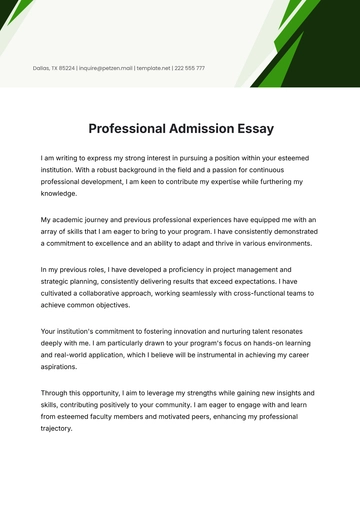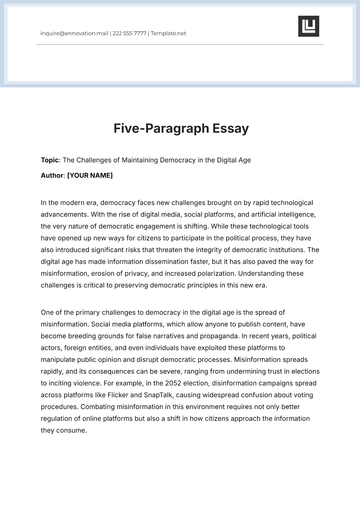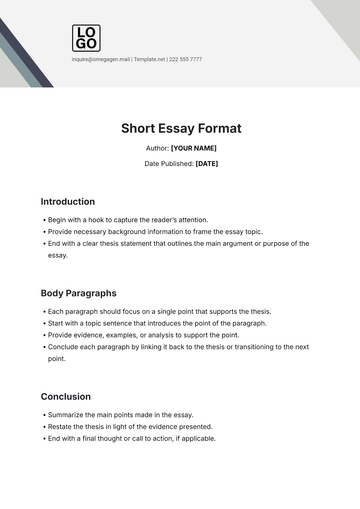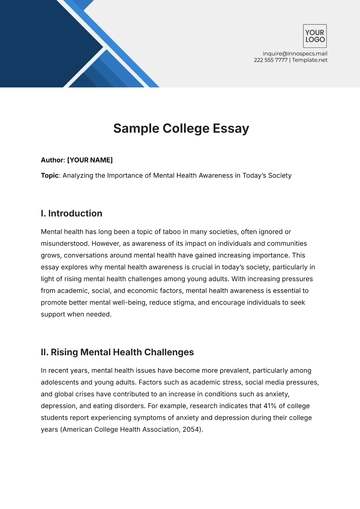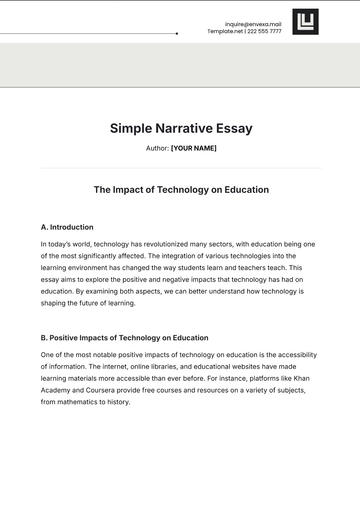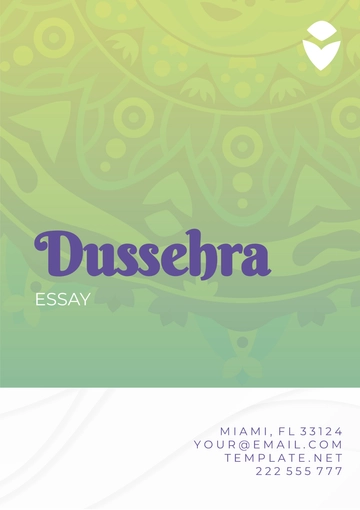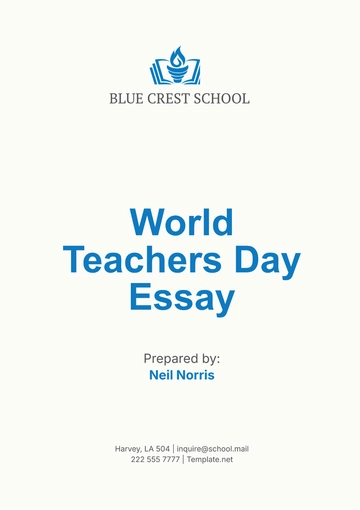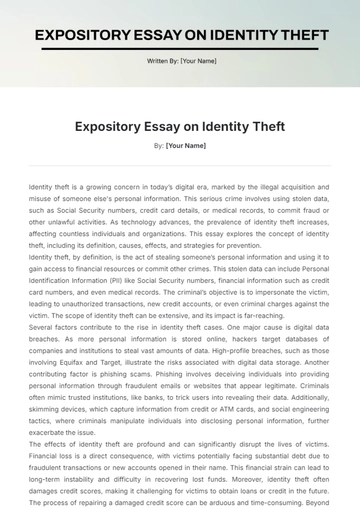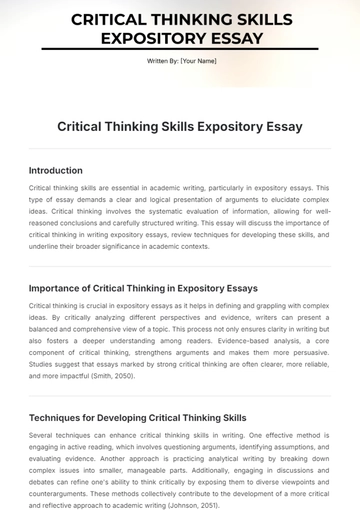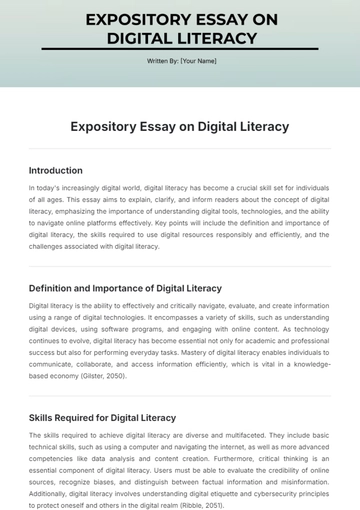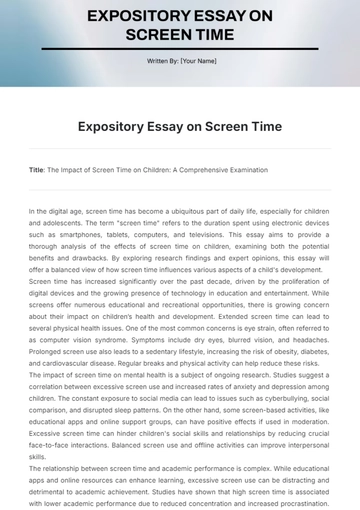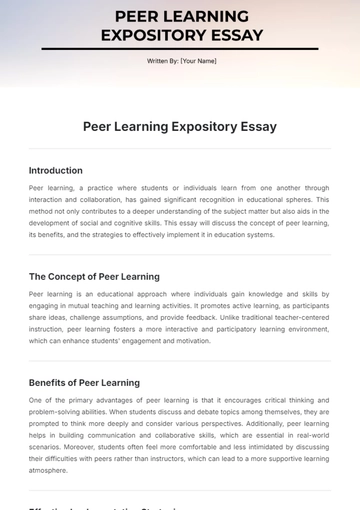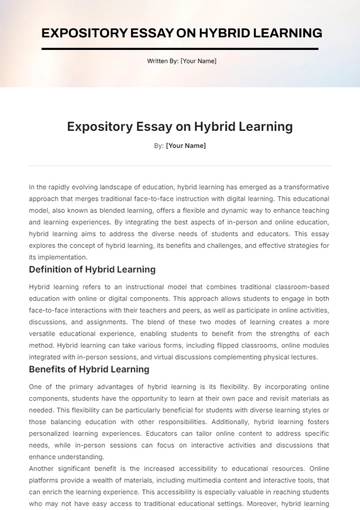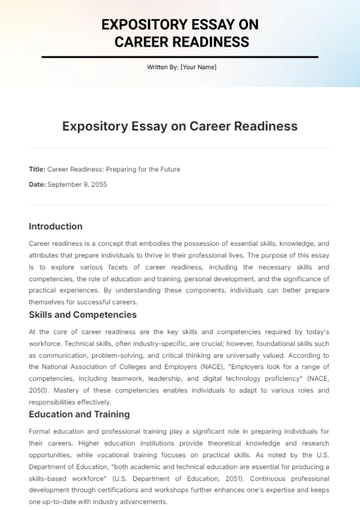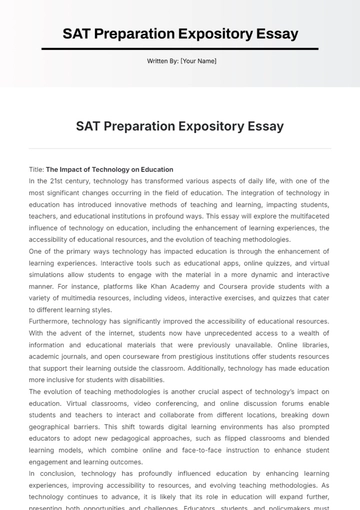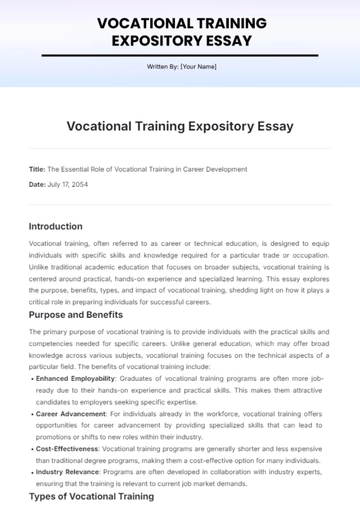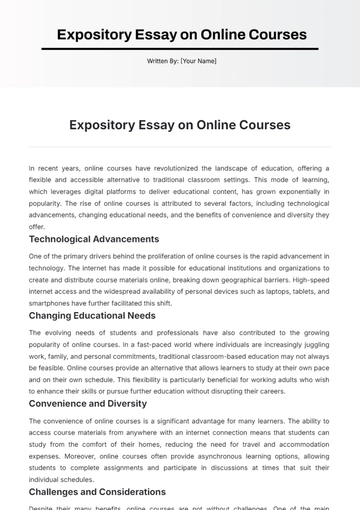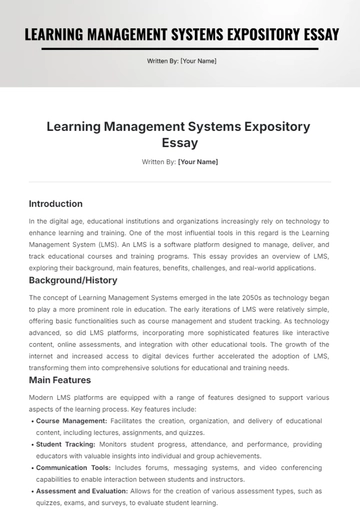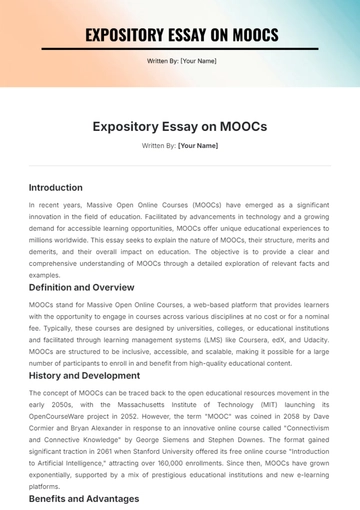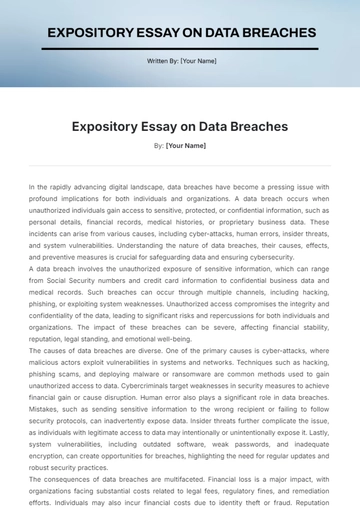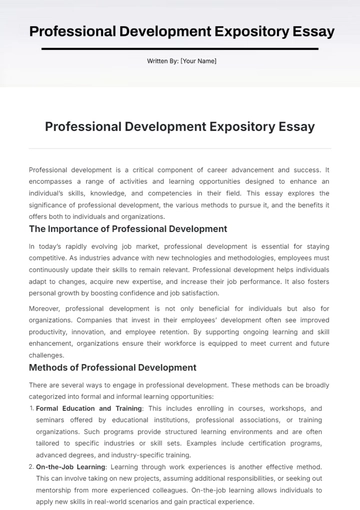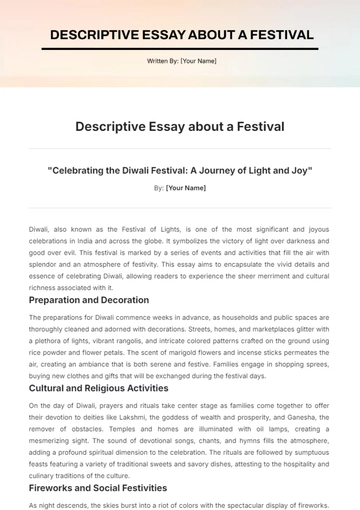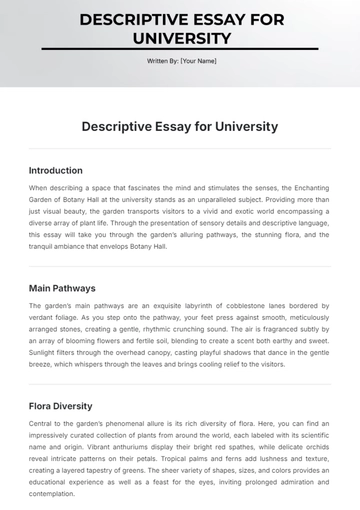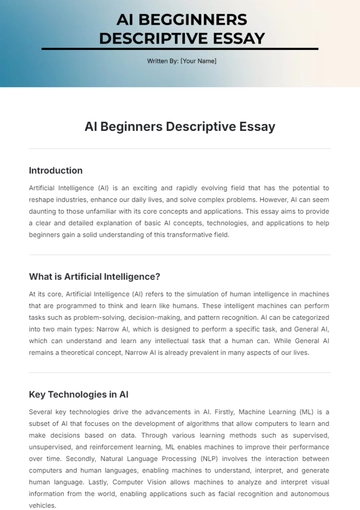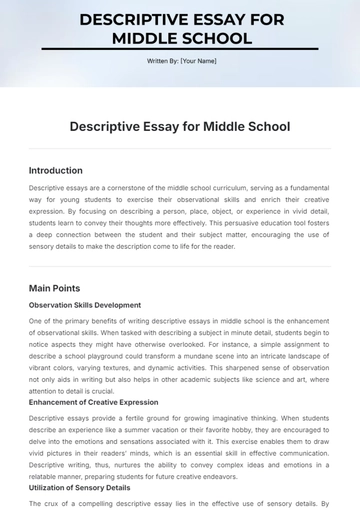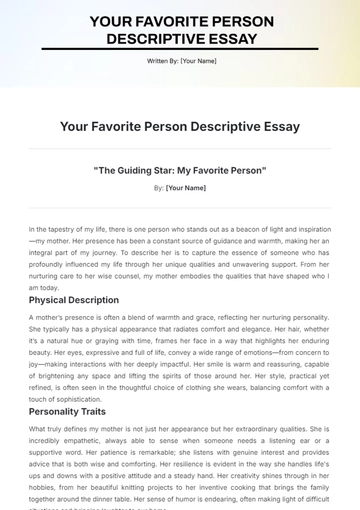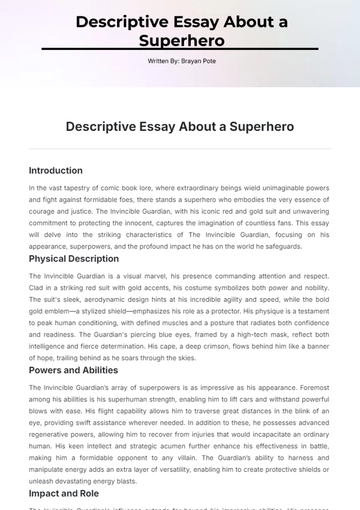Free Descriptive Essay for Middle School
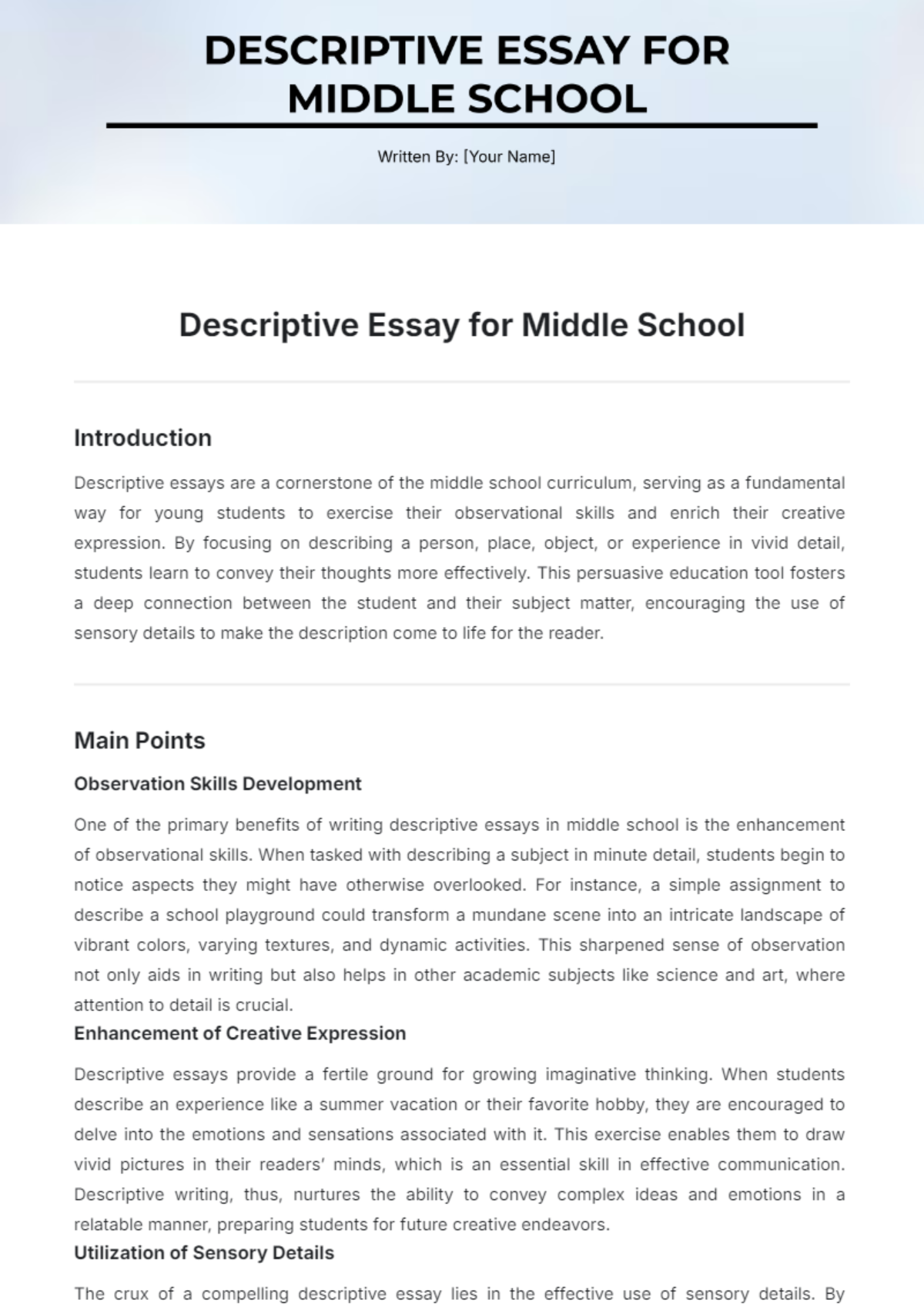
Introduction
Descriptive essays are a cornerstone of the middle school curriculum, serving as a fundamental way for young students to exercise their observational skills and enrich their creative expression. By focusing on describing a person, place, object, or experience in vivid detail, students learn to convey their thoughts more effectively. This persuasive education tool fosters a deep connection between the student and their subject matter, encouraging the use of sensory details to make the description come to life for the reader.
Main Points
Observation Skills Development
One of the primary benefits of writing descriptive essays in middle school is the enhancement of observational skills. When tasked with describing a subject in minute detail, students begin to notice aspects they might have otherwise overlooked. For instance, a simple assignment to describe a school playground could transform a mundane scene into an intricate landscape of vibrant colors, varying textures, and dynamic activities. This sharpened sense of observation not only aids in writing but also helps in other academic subjects like science and art, where attention to detail is crucial.
Enhancement of Creative Expression
Descriptive essays provide a fertile ground for growing imaginative thinking. When students describe an experience like a summer vacation or their favorite hobby, they are encouraged to delve into the emotions and sensations associated with it. This exercise enables them to draw vivid pictures in their readers’ minds, which is an essential skill in effective communication. Descriptive writing, thus, nurtures the ability to convey complex ideas and emotions in a relatable manner, preparing students for future creative endeavors.
Utilization of Sensory Details
The crux of a compelling descriptive essay lies in the effective use of sensory details. By engaging the five senses—sight, sound, touch, taste, and smell—students learn to create an immersive reading experience. For example, describing a winter morning might involve visual details like the shimmering frost, auditory cues like the crunch of snow underfoot, and tactile sensations like the numbing chill in the air. These sensory elements draw readers into the world the writer has created, making the narrative more engaging and memorable.
Conclusion
In summary, descriptive essays are an invaluable component of middle school education. They not only hone students’ observational skills but also significantly enhance their creative expression and ability to use sensory details effectively. These essays teach students to transform simple, everyday subjects into rich, detailed narratives that captivate their readers. As a result, descriptive writing lays a robust foundation for future academic and personal growth in communication.
Bibliography
Hillocks, G. (2050). Research on Written Composition: New Directions for Teaching. Urbana, IL: National Conference on Research in English.
Smith, F. (2051). Writing and the Writer. Hillsdale, NJ: Lawrence Erlbaum Associates.
- 100% Customizable, free editor
- Access 1 Million+ Templates, photo’s & graphics
- Download or share as a template
- Click and replace photos, graphics, text, backgrounds
- Resize, crop, AI write & more
- Access advanced editor
The Descriptive Essay for Middle School Template from Template.net is fully customizable and editable, perfect for students learning to write vivid descriptions. It’s easy to tailor with specific details and is also editable in our AI Editor for seamless personalization. Save time and enhance writing skills with this versatile template!
